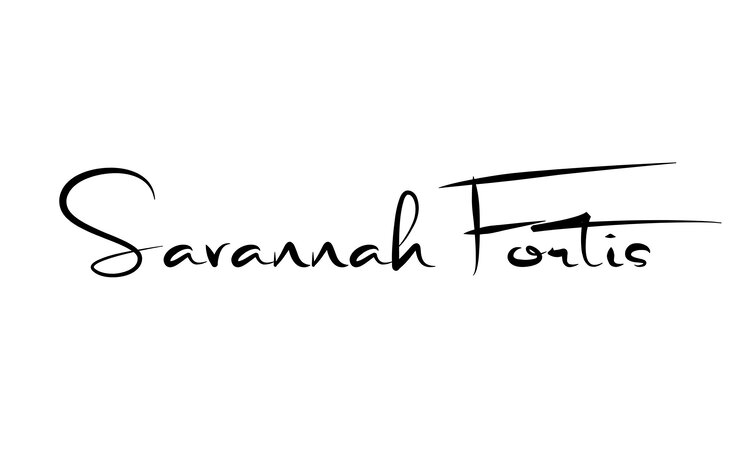Sacred Shapes
In March 2020, just days before the entire United States went into a lockdown in the battle against COVID-19, a singing was held in the memory of the Godsey Sisters and Sandra Spradlin. The gathering took place deep in the Bankhead National forest in Double Springs, Alabama, off a country road, in a cabin from the late-1800s. The cabin was built and lived in by folk who sang Sacred Harp and passed down through the family of generations of singers. I had the privilege of documenting this last singing before the world changed and choral gatherings were banned.
Sacred Harp singings are never considered performances, nor do the singers consider themselves performers. What started as a means of worship, now is an important tool in community building and identity retention - especially among generational singers whose families can trace singers back to the earliest days of the practice.
The group is fashioned into a “hollow square”, with each vocal part (treble, alto, tenor, bass) on each side. As seen in the photo on the right, a young man stands with his palm raised in the middle of the group. To more traditional singers, the person standing in the middle is sometimes referred to as the “teacher” and the song they lead is their “lesson”.
The teacher is a remarkable position to find oneself in. It is not technical in any way. It mostly entails choosing the piece and swinging an open palm or both to keep the beat. Though, what makes it remarkable is being in the the center of that hollow square and having your chosen song semi-shouted at you from all directions. The teacher is literally walled in by music. The inward facing shouting, hand waving, and feet stomping of this practice make it in itself a form of musical meditation ritual.
Although Sacred Harp was originally performed in small churches primarily in Southern states like Alabama, Georgia, and Mississippi, the tradition has become mostly secular in modern practices. The Sacred Harp book has found itself in the hands of singers all across the nation who sing in private homes, tiny theatre attics, and former military barracks. There are even groups in parts of Europe who hold Sacred Harp gatherings.
To listen to an album that includes some of the singers I met at the singing I recommend checking out their 1972 New Year’s Eve recording.
In shape-note music, the shape of the note head is the most important musical signifier. There are four note head shapes (square, oval, triangle, and diamond) which correspond to a syllable, fa, sol, la, or mi. For those familiar with solfege, the phraseology maybe the same, but the meanings differ. The various syllable/shape combinations other than mi are assigned to two distinct notes of the scale.
The pitch is therefore, not absolute. The shape combinations designate scale degree rather than a specific pitch. “Thus for a song in the key of C, fa designates C and F; for a song in G, fa designates G and C, and so on; hence it is called a moveable ‘do’ system.” 00:00-00:06 Hear the singers identify the moveable ‘do’ in the audio for The Dying Boy.
Before Sacred Harp singers begin a song, they sing once through using only syllables to recognize the pitches before adding the words. The shapes serve as quick visual guides. 00:07-00:49 The singers sing using only the syllables.
00:00-00:05 Hear the singers identify the moveable ‘do’ in the audio for Fairfield. 00:06-00:26 The singers sing using only the syllables.
Shot on Shot on Kodak P3200 TMAX and Kodak 400 TMAX (Pushed to 800) 120mm and 35mm film.
Special thanks to Grey Brennan from the Alabama Board of Tourism for connecting me with David Ivey. And to David Ivey who connected me to Margaret Keeton. And to Margaret, Christie, and Lauren for welcoming me.



